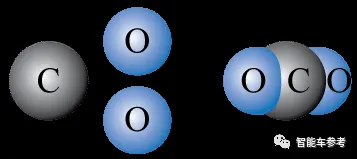Abstract: Overall, solid-state batteries have a long way to go, and attention needs to be paid to reducing material costs, developing high conductivity electrolytes, optimizing and stabilizing the solid-state electrode/electrolyte interface, and integrating integration, said Hongtao Liu, a professor at the School of Chemistry and Chemical Engineering at Central South University/vice director of the Institute of Chemical Power and Materials.
On February 27, 2019, at the Seminar on Solid State Battery Technology, Intelligent Equipment and Market Application held in Ningxiang, Hunan Province, Hongtao Liu, Professor at the School of Chemistry and Chemical Engineering of Central South University/Vice Director of the Institute of Chemical Power and Materials, delivered a keynote speech titled "Key Materials and Interface Design of Solid State Lithium Battery".
"The current introduction of solid state battery products, its performance, basically failed to reach the existing mainstream liquid lithium battery performance." According to Liu Hongtao, solid-state lithium batteries have the advantages of higher security, simpler structure, greater energy density, etc., but solid-state batteries currently exist in the volume change of positive and negative materials, irreversible reaction, lithium crystal branching and other issues, resulting in its power density is small, conductivity and stability is poor.
In this regard, Liu Hongtao believes that the following aspects can be improved: constructing lithium ion channels with more adjacent tetrahedral skeleton structures, increasing the radius of the ligand constituent ions to reduce the activation energy of lithium ion migration without destroying the structure, optimizing the ratio of the constituent elements or replacing some of the elements to make an order of magnitude change in the conductivity, and utilizing flexible solid polymer electrolyte to fill in the cathode/electrolyte interfaces. gap, etc.
Liu Hongtao said that overall, solid-state batteries have a long way to go, but also need to pay attention to reducing material costs, research and development of high conductivity electrolyte, optimize and stabilize the solid-state electrode/electrolyte interface and integrated integration.
(The above has not been reviewed by the speakers themselves and is for information purposes only.)

(Source: Battery.com)
[Zhongshun New Energy Marketing Department June 18, 2019 Responsibility: Xiao Xu]
* Reproduced for the purpose of transmitting more information, and does not mean that we endorse its views and are responsible for its authenticity.




